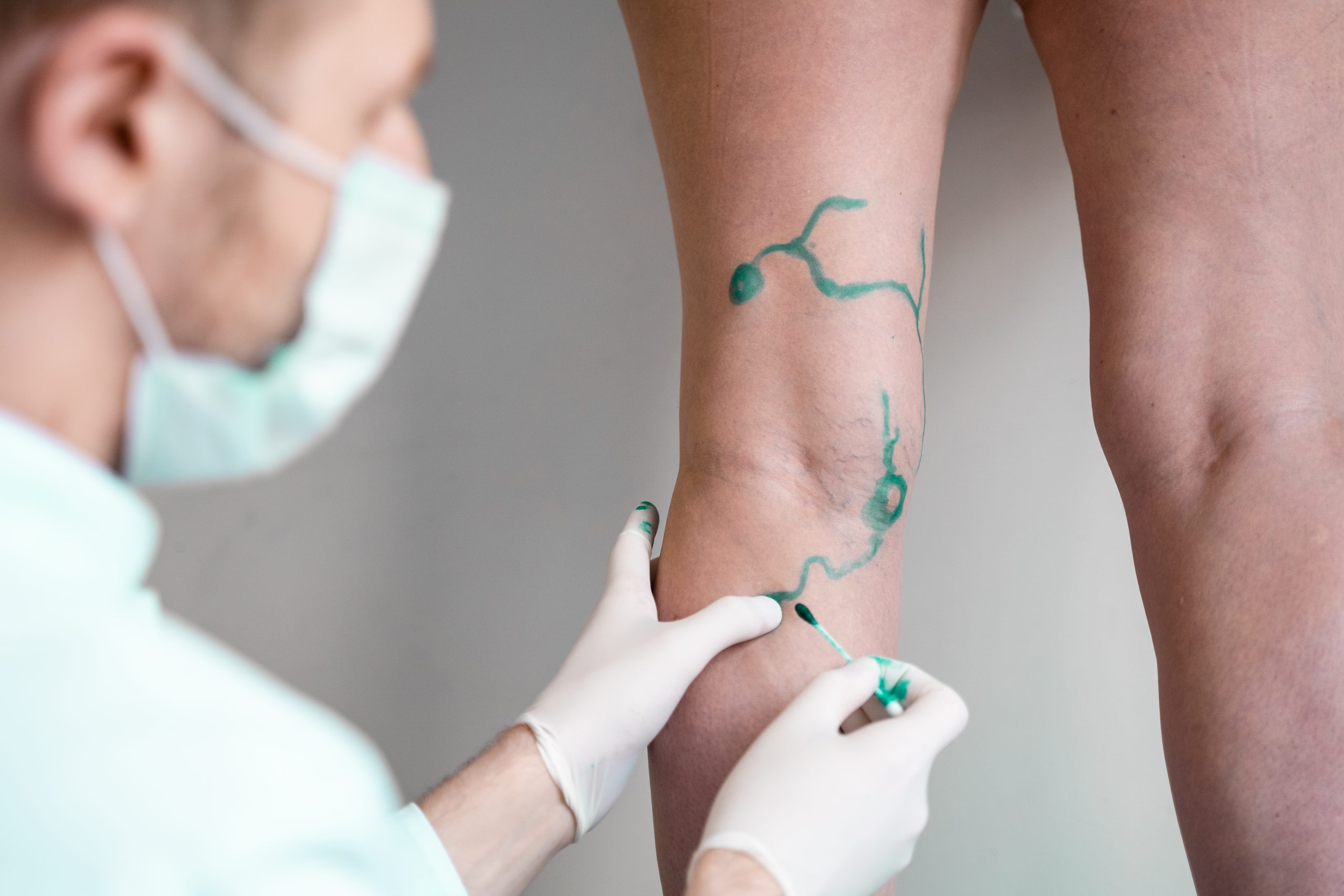

Bleeding from varicose veins – Causes, Diagnosis, and Treatment at Emirates Hospital Group
Bleeding from varicose veins, while not always life-threatening, can be a concerning and uncomfortable symptom. Varicose veins are enlarged, twisted veins, most commonly in the legs, caused by weakened valves that regulate blood flow. This weakening allows blood to pool, leading to the characteristic bulging and discoloration. While many people with varicose veins experience no symptoms, some may develop pain, swelling, and in some cases, bleeding.
Causes:
The primary cause of varicose veins is chronic venous insufficiency, where the valves in the veins don’t function properly. This can be due to several factors, including:
- Genetics: A family history of varicose veins increases your risk.
- Age: Vein walls and valves weaken with age.
- Pregnancy: Hormonal changes and increased pressure in the abdomen can contribute.
- Obesity: Excess weight puts added pressure on leg veins.
- Prolonged standing or sitting: These activities can hinder blood flow.
Bleeding from varicose veins usually occurs due to a minor injury or trauma to the already weakened vein. Because the vein walls are thinner and closer to the surface, even a small bump or scratch can cause them to rupture and bleed.
Diagnosis:
A doctor will take a medical history and perform a physical exam, focusing on the affected veins. They may also use Doppler ultrasound, a non-invasive test, to assess blood flow and identify any valve problems. In some cases, more specialized imaging, such as a venogram, may be necessary.
Treatment:
Treatment for bleeding varicose veins focuses on stopping the bleeding and addressing the underlying venous insufficiency.
- Stopping the bleeding: Applying direct pressure to the bleeding site is usually sufficient to stop the flow. Elevating the leg can also help.
- Treating the varicose veins: Several treatment options are available, including:
- Compression stockings: These help improve circulation and reduce pressure in the veins.
- Sclerotherapy: Injecting a solution into the vein to shrink and fade it.
- Laser therapy: Using laser energy to destroy the affected vein.
- Ambulatory phlebectomy: Removing small varicose veins through tiny incisions.
- Vein stripping: A surgical procedure to remove larger varicose veins.
It’s important to consult a doctor if you experience bleeding from varicose veins, especially if it’s recurrent or accompanied by other symptoms like significant pain, swelling, or skin changes. They can help determine the best course of treatment to manage your varicose veins and prevent future bleeding episodes.
Related Treatments
Request an appointment
Please complete the details and we will book you shortly.
